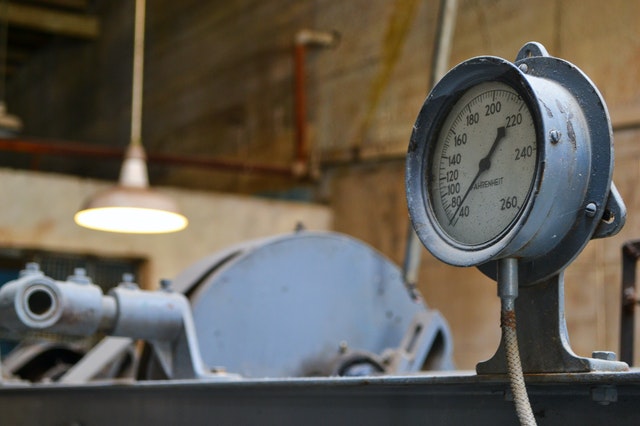What You Need To Know About Proof Testing
If you’ve ever had to ask, “What is proof pressure?”, you’re not the only one. The parts and components vital to any industry’s equipment need to meet various standards to ensure they don’t fail under stress, whether they’re rotors, load-bearing structures or pressure vessels. For many of these, proof tests are a way to verify the quality of such units before service.
Proof Tests: A Basic Definition
Proof tests vary based on the design or unit being tested and the conditions it’s expected to face, but they all have a common premise. Broadly speaking, a proof test assesses the fitness of a component by exposing it to mechanical stress. This is done in order to demonstrate that the unit can function as intended without failure or deformation. Proof testing is often considered nondestructive; testing specimens are assumed to operate under nondestructive loads when in use during normal circumstances, so this test isn’t suitable for parts that are expected to be destroyed during normal use or for determining how they fail. However, in practice, tested units don’t always go undamaged.
What Proof Tests Look Like
A proof test essentially simulates the conditions that the specimen would be exposed to when in use. An industrial crane would be tested by lifting a heavy load, for instance, while pneumatic or hydraulic cylinders and other components are subjected to high internal pressure. The proof test load, however, may exceed the design’s expected limit, even when the unit is not supposed to be used for such a load. For some systems, infrequent periods of high load can occur, and it’s necessary to determine that these won’t degrade the components and compromise their normal function.
While visual inspection is sometimes enough to determine if a specimen passes a proof test — for example, leak tests for pneumatic components — finer measurements are sometimes needed when strain can’t be detected by sight. Tools for measuring the strain of a material include electrical strain gauges that detect changes in resistance due to deformation and fiber optic sensors that display altered transmission of light when deformed.
When Should Proof Tests Be Performed
Commonly, a unit or design undergoes proof testing before it sees proper use. This may be done either for individually manufactured units or for testing a new design. However, it’s also often necessary, as defined by engineering standards for the equipment in question, to perform additional proof tests on equipment that is already in use. This verifies that the unit can still be safely operated. Such tests should be performed regularly, at least once a year; more frequent tests are required for equipment carrying people.



